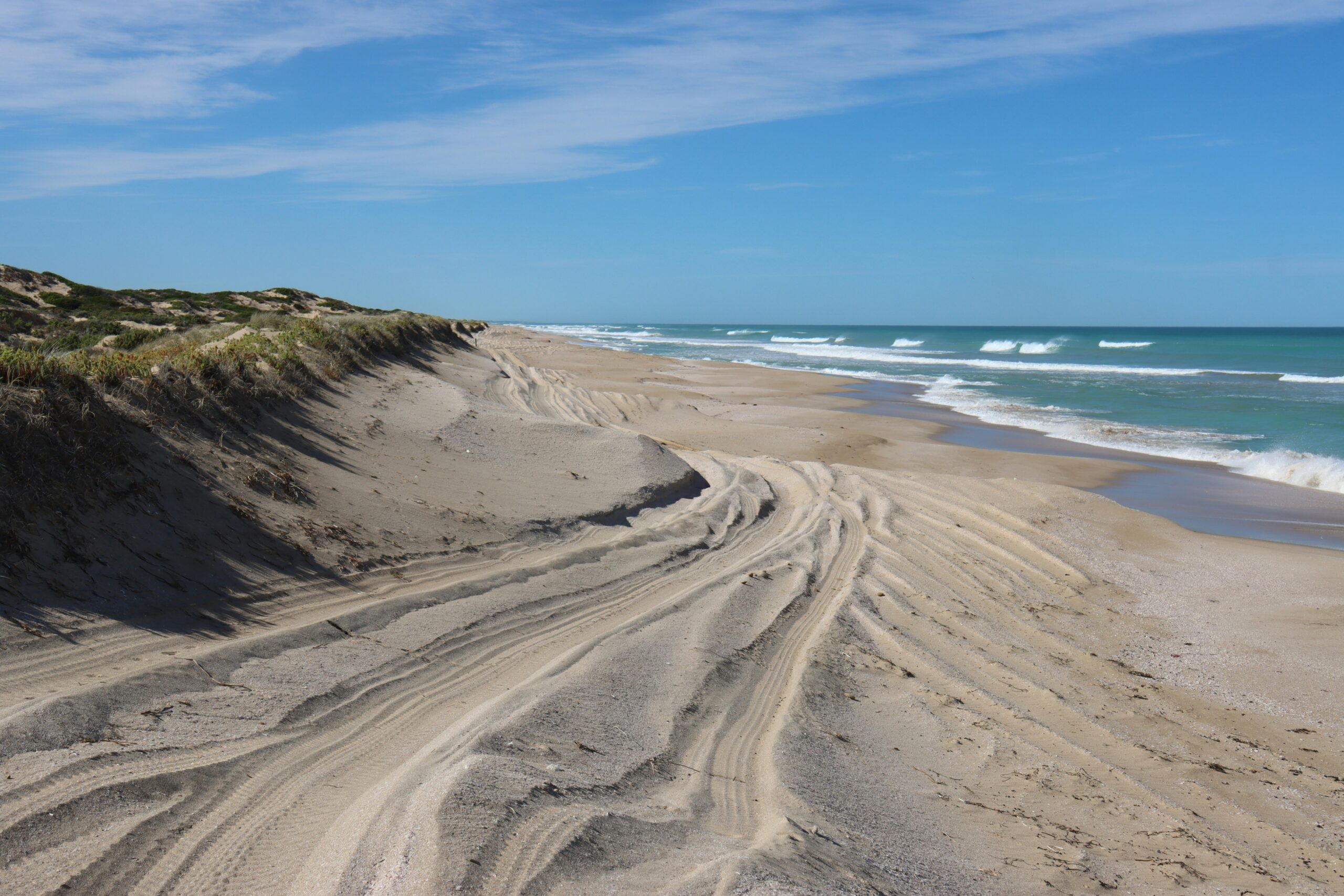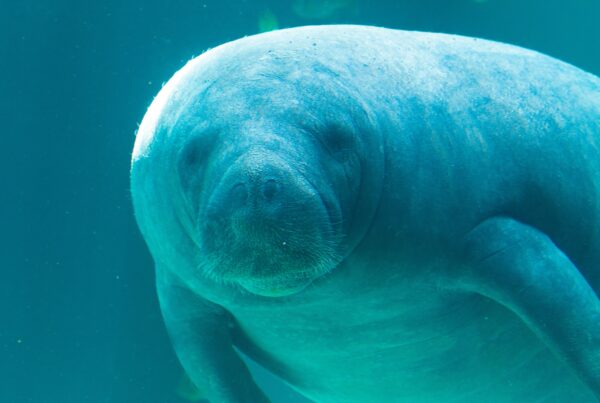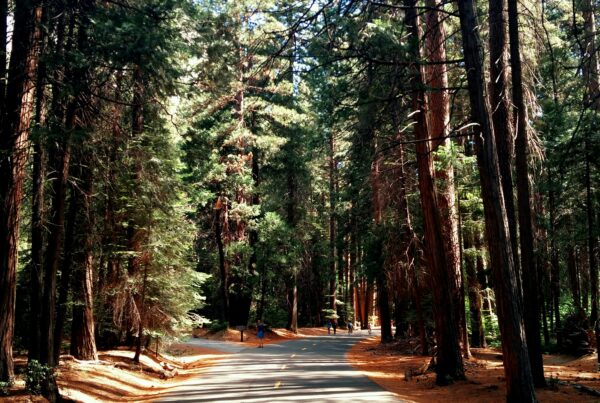The Coorong is long, quiet and full of birdlife. Shallow lagoons sit behind big dune lines, with pelicans, terns and waders working the edges. It is a place for slow drives, small walks and simple camp nights under big skies.
Keep plans loose. Winds shift, tides change, and the best moments are often at dawn and dusk when the water goes glassy.
Area at a glance
The Coorong National Park runs south from the Murray Mouth past Goolwa and Hindmarsh Island, down to Salt Creek and beyond. It is a mix of lagoons, saltmarsh and ocean dunes. Access points are spaced out, so a self-contained setup is handy. Expect wind, shallow water and lots of birds.
Why a campervan helps here
- Carry water and shade so you can linger at lookouts and bird hides
- Keep binoculars, cameras and a simple brew kit ready for sunrise
- A comfy base for sand-blown days and cool nights
- Flex between Goolwa, Meningie and Salt Creek depending on wind
Best time to visit
Year-round is fine. Summer can be hot and windy. Autumn and spring are mild with active birdlife. Winter is crisp with calm mornings. Dawn and dusk are the prime windows for photography and wildlife.
Two simple plan ideas
Option A: North Coorong day
- Morning: Goolwa and Hindmarsh Island viewpoints
- Midday: Short walks on the lagoon side and a van lunch in shelter
- Evening: Sunset at the Murray Mouth boardwalk, then back to camp
Watch the wind forecast. Westerlies can make the ocean side wild and the lagoon side calmer.
Option B: Salt Creek & long dunes
- Morning: Bird spots around Jack Point / Pelican areas
- Afternoon: Drive to 42 Mile Crossing for a dune walk
- Evening: Camp near Salt Creek and enjoy a simple fire (observe fire bans)
Mosquitoes can be lively near still water. Pack repellent and long sleeves.
Highlights
- Pelicans and migratory waders working the shallows
- Big dune lines with ocean roar just over the ridge
- Quiet night skies and bright stars
- Simple boardwalks and lookouts with wide views
Care for country & simple etiquette
- Respect Ngarrindjeri Country and cultural sites; stay on formed tracks
- Wildlife first: use hides and give birds space, especially in breeding seasons
- Take all rubbish with you; wind spreads light items fast
- Fires only where permitted, subject to seasonal restrictions
What to bring
- Plenty of water and a shade setup (awnings/umbrellas)
- Binoculars and a telephoto lens if you enjoy birding
- Windproof layers, hat, sunscreen and repellent
- Recovery tracks and a compressor if you plan any sand driving
- Offline maps — coverage can be patchy
Driving & overnight notes
- Many access points are gravel; drive slowly and watch for wildlife
- Camp only in signed campgrounds or areas where self-contained vans are allowed
- Check local conditions after rain — some tracks can be soft or closed
- Buy passes/permits in advance if required
4WD & beach-driving basics
- Only attempt beaches and soft dunes with a capable 4WD and appropriate skills
- Lower tyre pressures for sand; carry a gauge, compressor and recovery gear
- Travel with another vehicle where possible; avoid high tide lines
- Never drive on vegetated dunes; use signed access tracks only
Search Campervans — Live Availability
Make the Coorong easy
A campervan lets you chase calm windows, brew coffee at sunrise and tuck in quickly when the wind picks up. Keep it simple and unhurried.
Event Campers shows live availability from trusted rental brands so you can compare layouts and prices in one place. Choose what fits and enjoy the lagoons and dunes.



